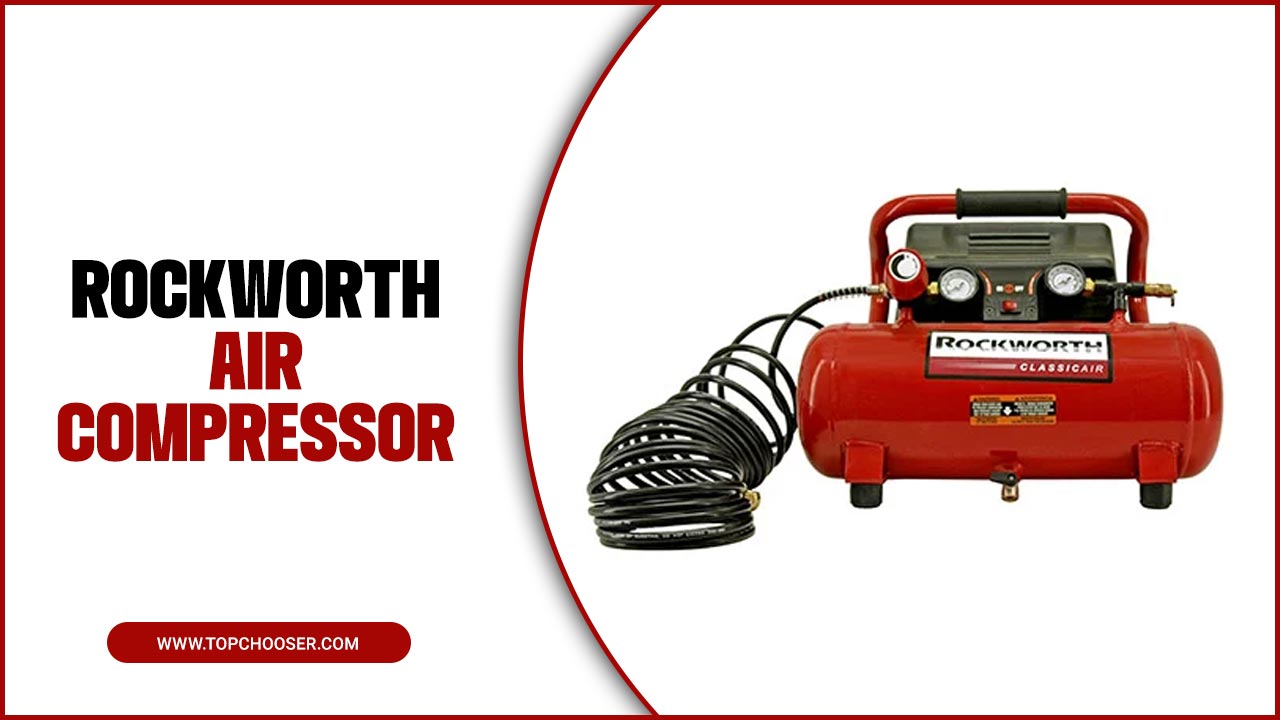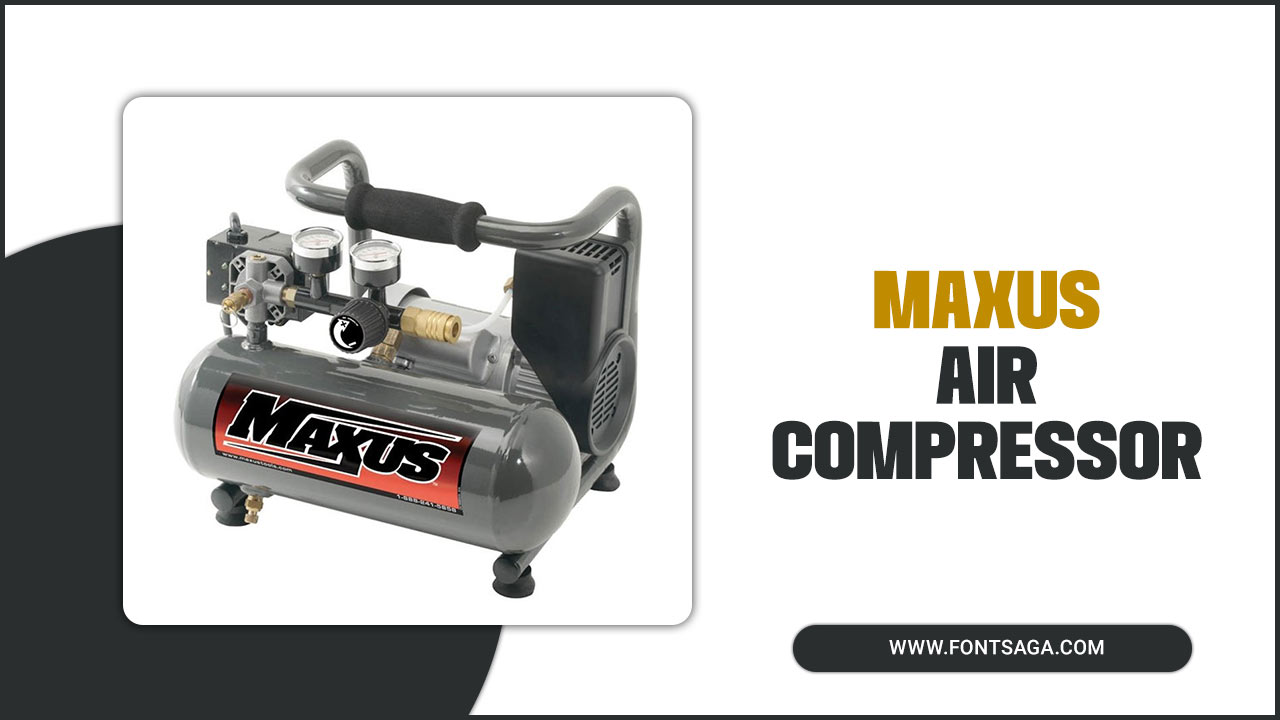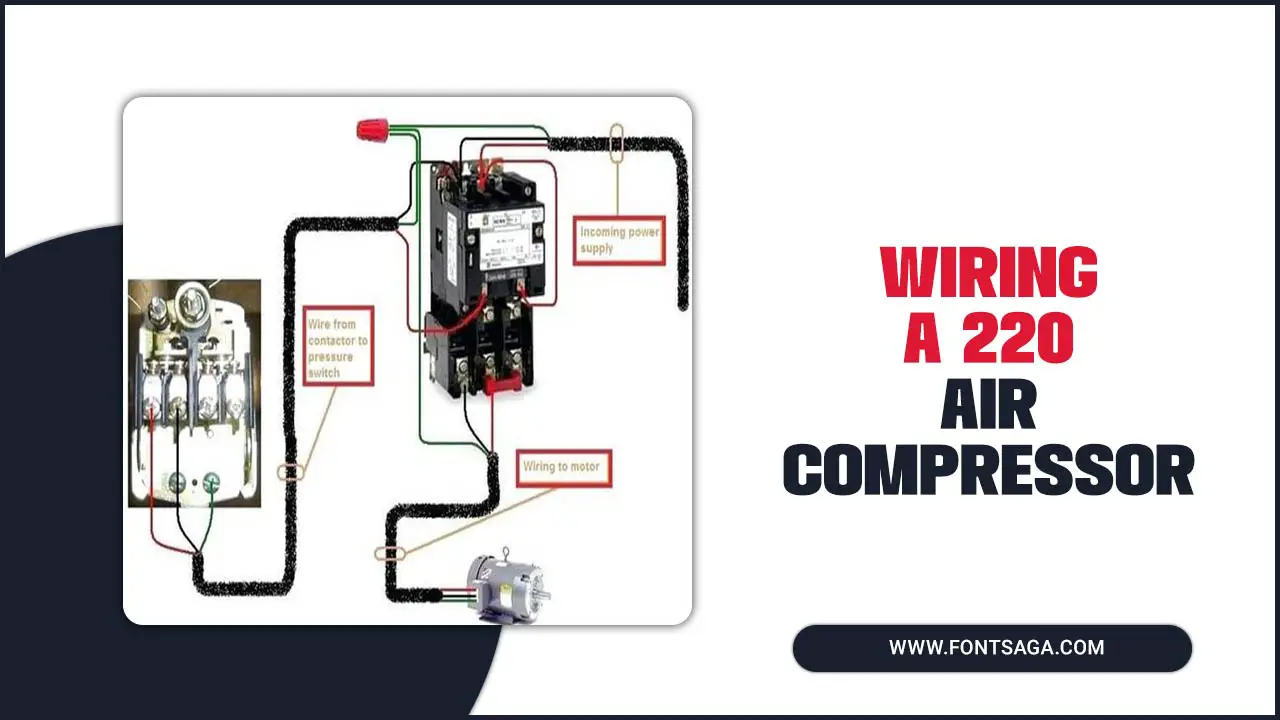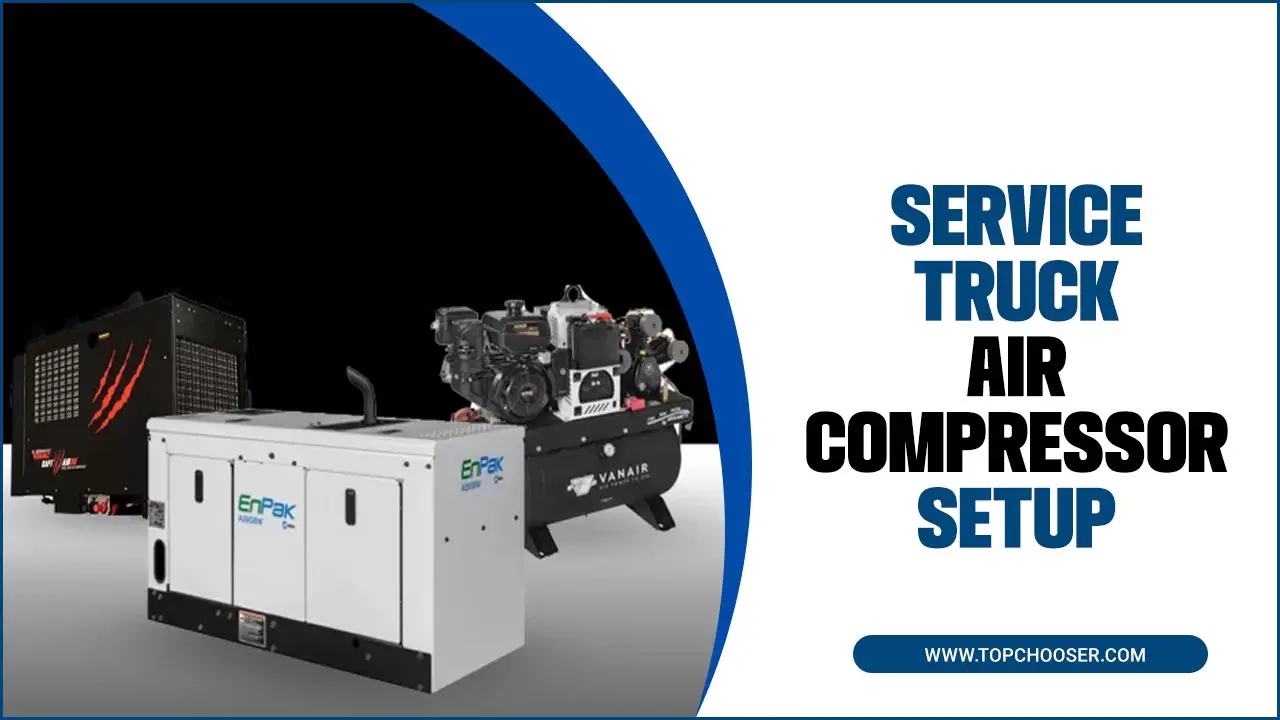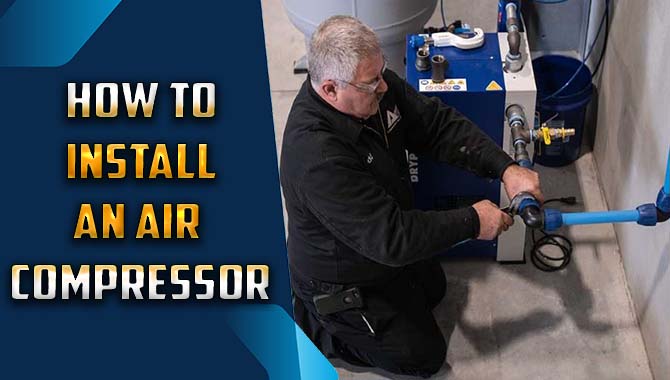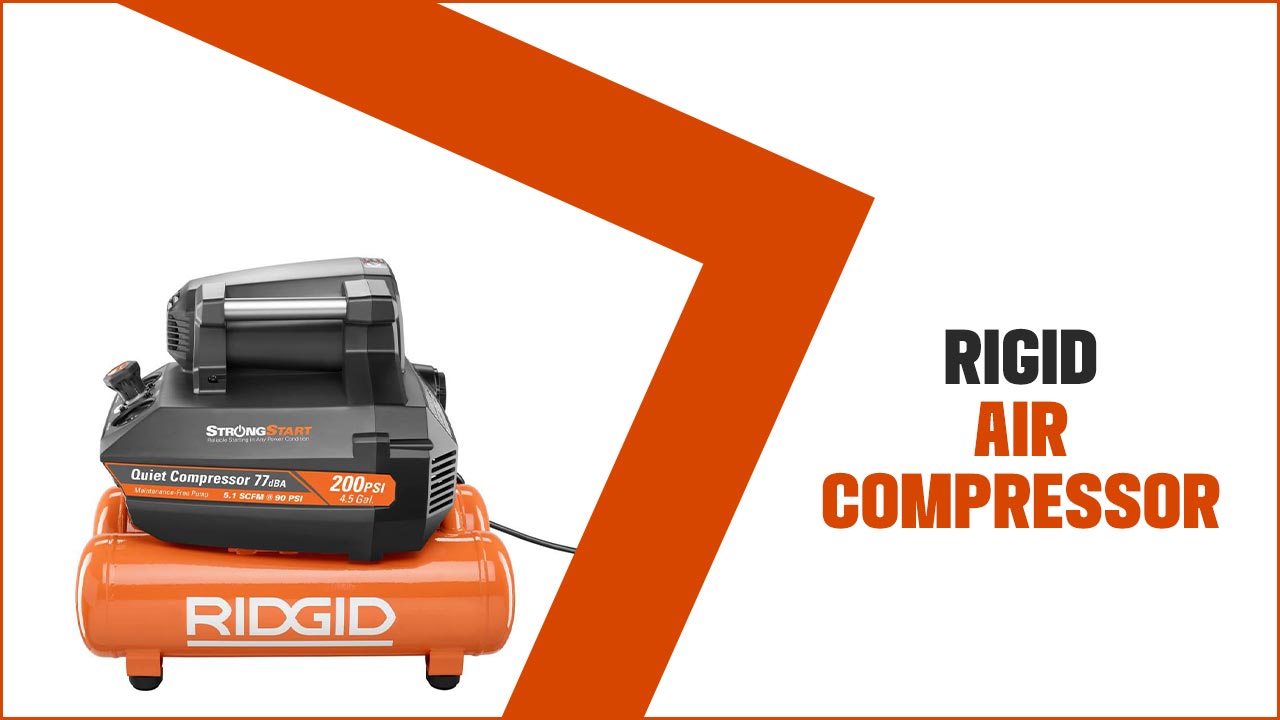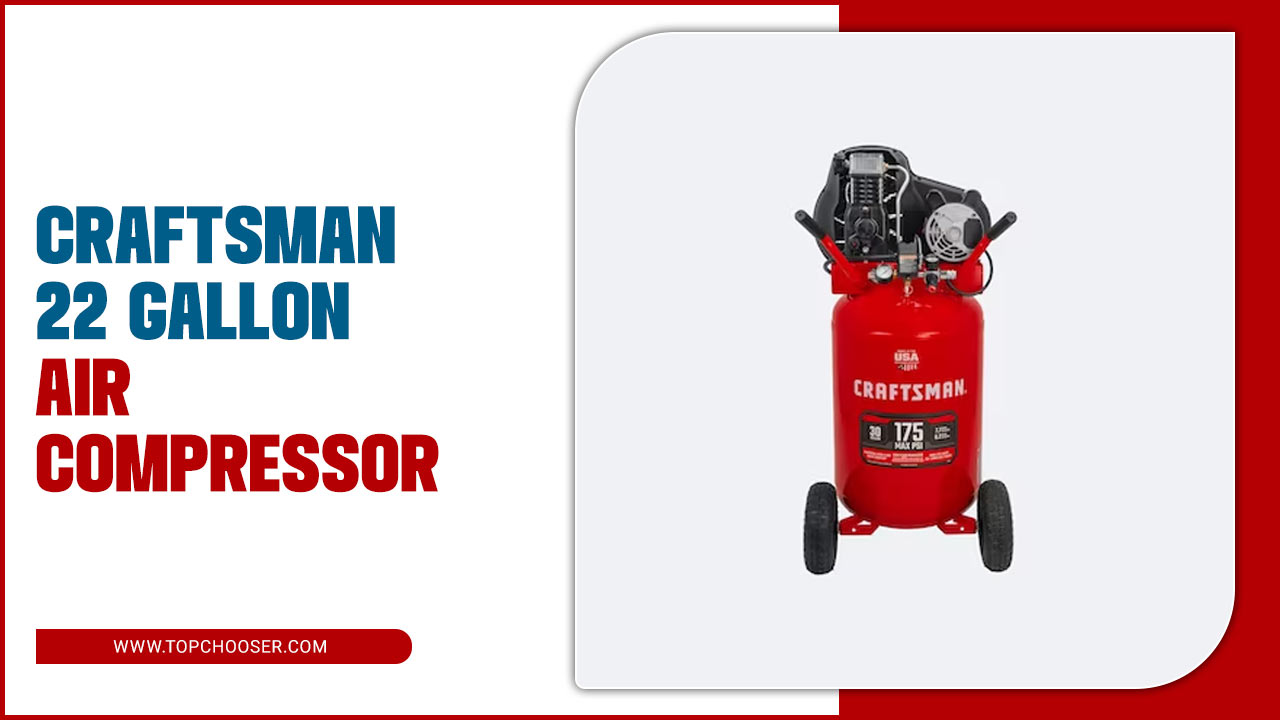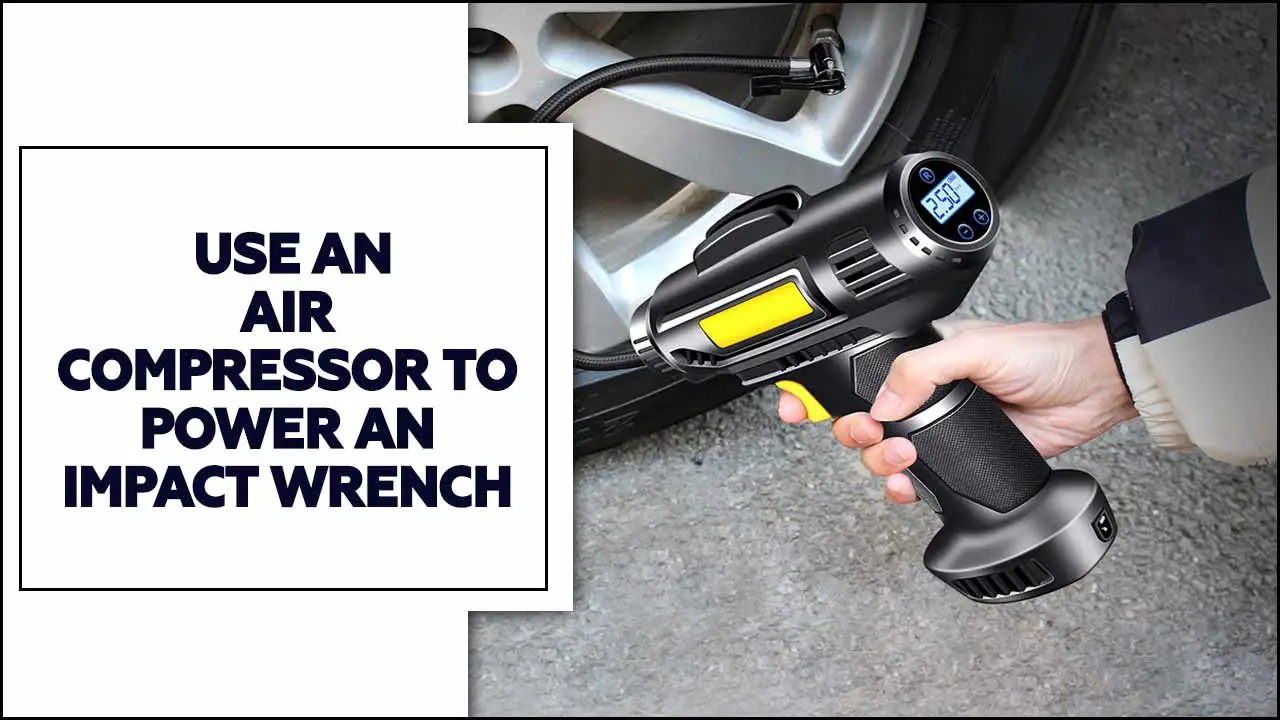If you’re a DIY enthusiast or a professional mechanic, you know the importance of having a reliable air compressor in your garage. It’s an essential tool that can help you power up various pneumatic tools such as impact wrenches, sanders, and spray guns.
However, setting up an air compressor in your garage can be daunting, especially if you’re unfamiliar with the process. Wall-mounted air compressors are becoming popular for garage owners because they save space and are easy to install. With some knowledge and the right tools, you can quickly set up a wall mounted air compressor for garage. But where do you start?
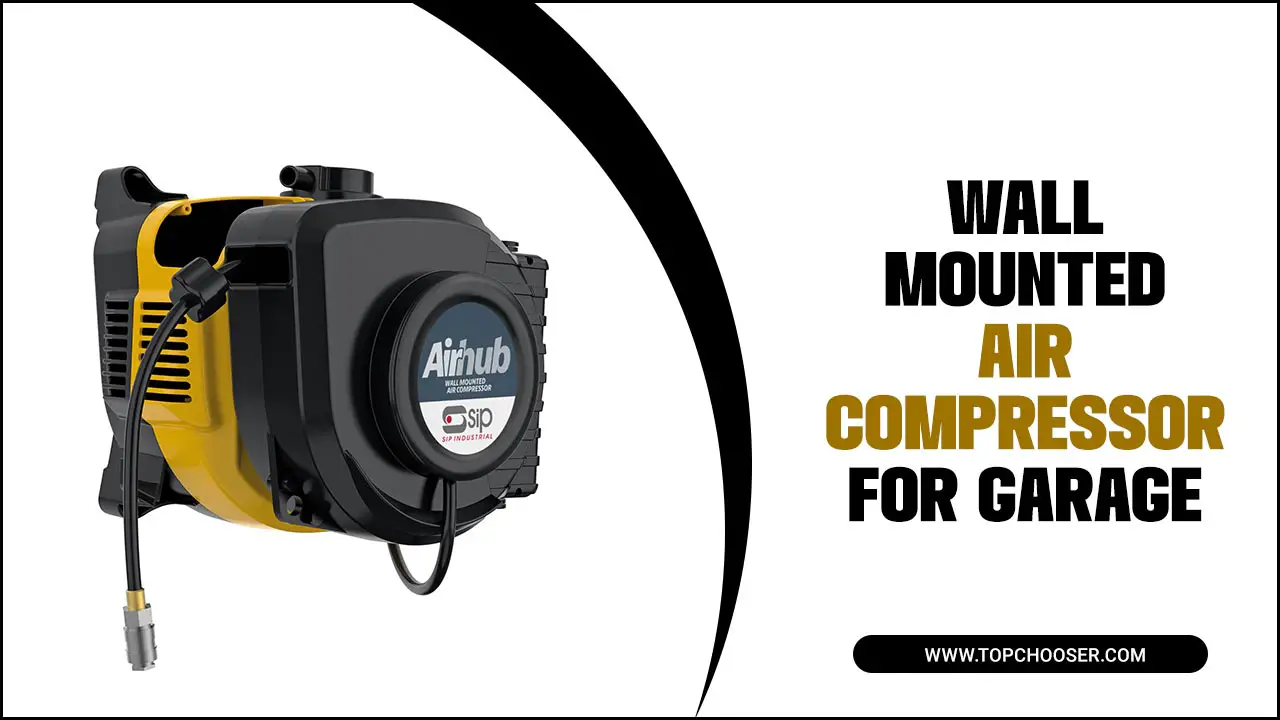
How To Set Up Wall Mounted Air Compressor For Garage: [Step By Step]
![How To Set Up Wall Mounted Air Compressor For Garage [Step By Step]](https://topchooser.com/wp-content/uploads/2023/07/How-To-Set-Up-Wall-Mounted-Air-Compressor-For-Garage-Step-By-Step.jpg)
A wall-mounted air compressor is an essential tool for any garage. With a wall-mounted air compressor, you can easily inflate tires, power air tools, and even paint your car. Not only does it save space in your garage, but it also allows for easy accessibility and convenience.
Wall-mounted air compressors are designed to be mounted on the wall so they are out of the way and do not take up valuable floor space. Setting up a wall mounted air compressor for garage can be a convenient and space-saving solution. Here’s a step-by-step guide to help you through the process:
1: Choose a suitable location
Select a suitable spot on the wall to mount the air compressor. Ensure it is near an electrical outlet and has enough space to accommodate the compressor.
2: Prepare the mounting surface
Clear the area and ensure that the wall is strong enough to support the weight of the air compressor.
3: Gather the necessary tools and equipment
You will need the following tools and equipment for the installation:
- Wall-mounting brackets or a mounting board
- Appropriate screws and anchors for mounting
4: Mount the brackets or mounting board
If your air compressor has mounting brackets, attach them securely to the wall using screws and anchors.
5: Attach the air compressor to the mounting surface
Place the air compressor on the mounted brackets or mounting board and align it properly. Use screws and fasteners to secure the compressor to the brackets or mounting board, ensuring it is stable and firmly attached.
6: Connect the air intake and exhaust
Attach the air intake and exhaust hoses to the designated ports on the air compressor. These hoses may vary depending on the specific model of the compressor.
Maintenance Tips For Your Wall-Mounted Air Compressor
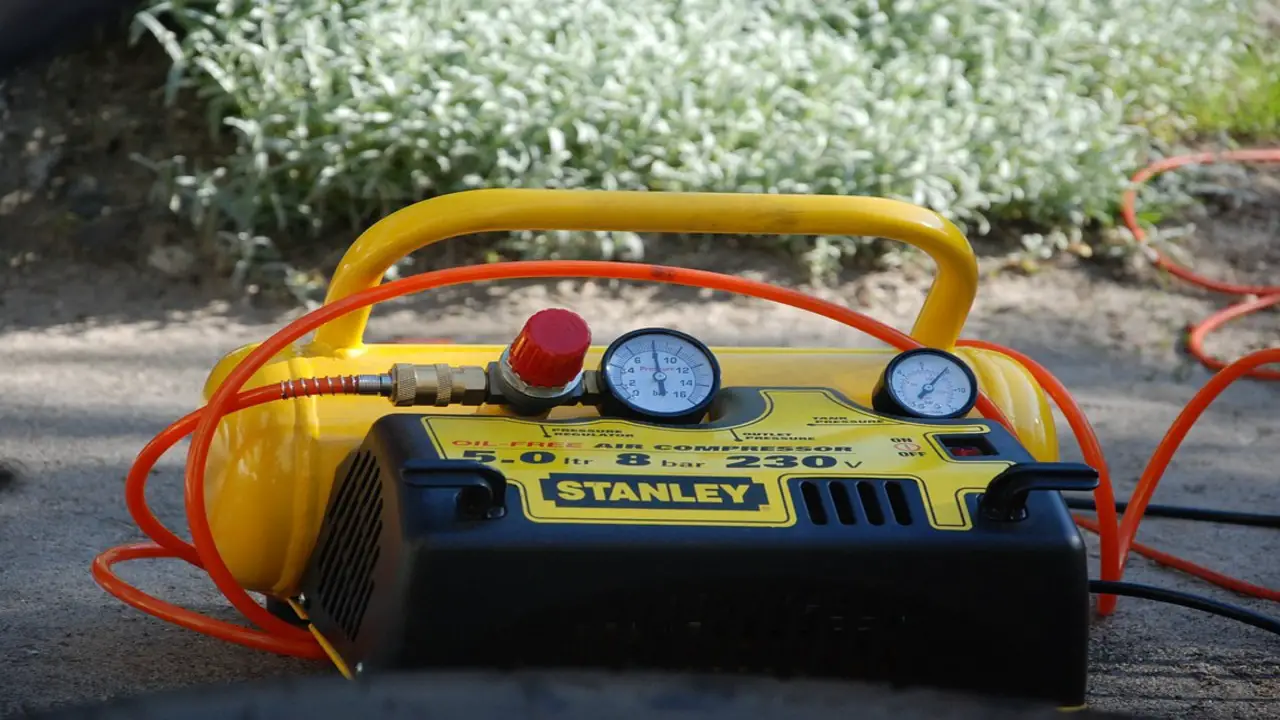
One key maintenance tip is to check and change the oil regularly. This will help to keep the compressor running smoothly and prevent any damage to the motor. Additionally, it is important to keep the compressor clean and free of debris, as this can clog the air filter and reduce efficiency.
Another important step is regularly checking the pressure switch and safety valves to ensure they function properly. This will help to prevent any accidents or damage to the compressor. It is also recommended to check the compressor’s belts and hoses for any signs of wear or damage and replace them as needed.
Lastly, if your compressor is not in use for an extended period of time, it is important to drain the tank completely and store it in a dry, cool place. By following these maintenance tips, you can ensure that your wall-mounted air compressor will continue to function efficiently.
Best Practices For Using A Wall-Mounted Air Compressor
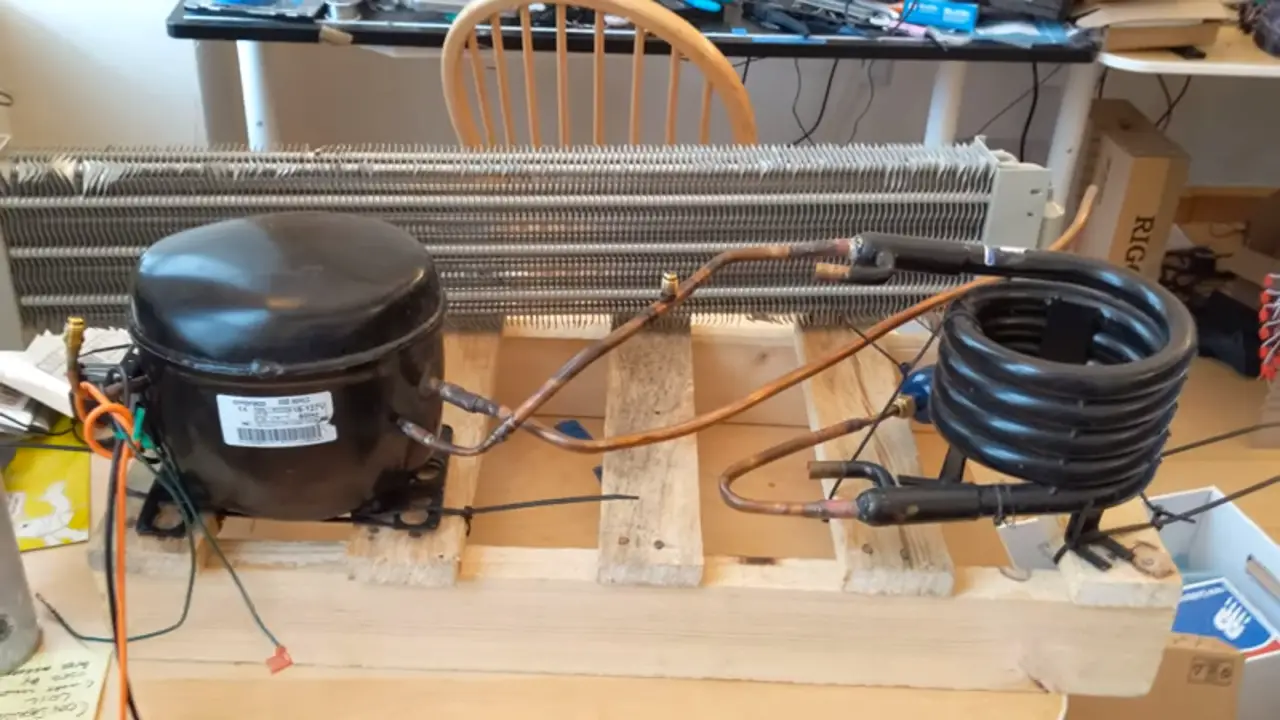
In terms of using a wall-mounted air compressor, one should keep certain best practices in mind. First and foremost, it is important to ensure that the compressor is properly mounted and secured to the wall. This will help to prevent any accidents or damage to the unit.
Additionally, it is important to regularly inspect the compressor for any signs of wear or damage. This can include checking the hoses, fittings, and gauges to ensure everything functions properly. Another best practice for using a wall-mounted air compressor is always to wear appropriate safety gear.
This can include eye and ear protection, gloves, and a respirator if necessary. It is also important to never exceed the maximum pressure rating of the compressor, as this can lead to damage or even failure of the unit. Finally, proper maintenance and cleaning of the compressor is essential for ensuring its longevity and optimal performance.
Troubleshooting Common Issues With Wall Mounted Air Compressors
Wall-mounted air compressors are popular for those who want a compact and efficient solution for their compressed air needs. However, like any mechanical device, they can experience issues that require troubleshooting. One of the most common issues users face with wall-mounted air compressors is a lack of proper airflow.
Various factors, including a clogged air filter, a malfunctioning pressure switch, or a damaged compressor pump, can cause this. To troubleshoot this issue, it is important first to check the air filter and clean or replace it if necessary. If the air filter is not the problem, the pressure switch should be inspected to ensure it functions properly.
Finally, if neither of these solutions resolves the issue, the compressor pump may need to be repaired or replaced. Another common issue with wall-mounted air compressors is excessive noise. Loose components, worn-out bearings, or a damaged fan blade can cause this.
Safety Precautions To Follow When Using A Wall Mounted Air Compressor
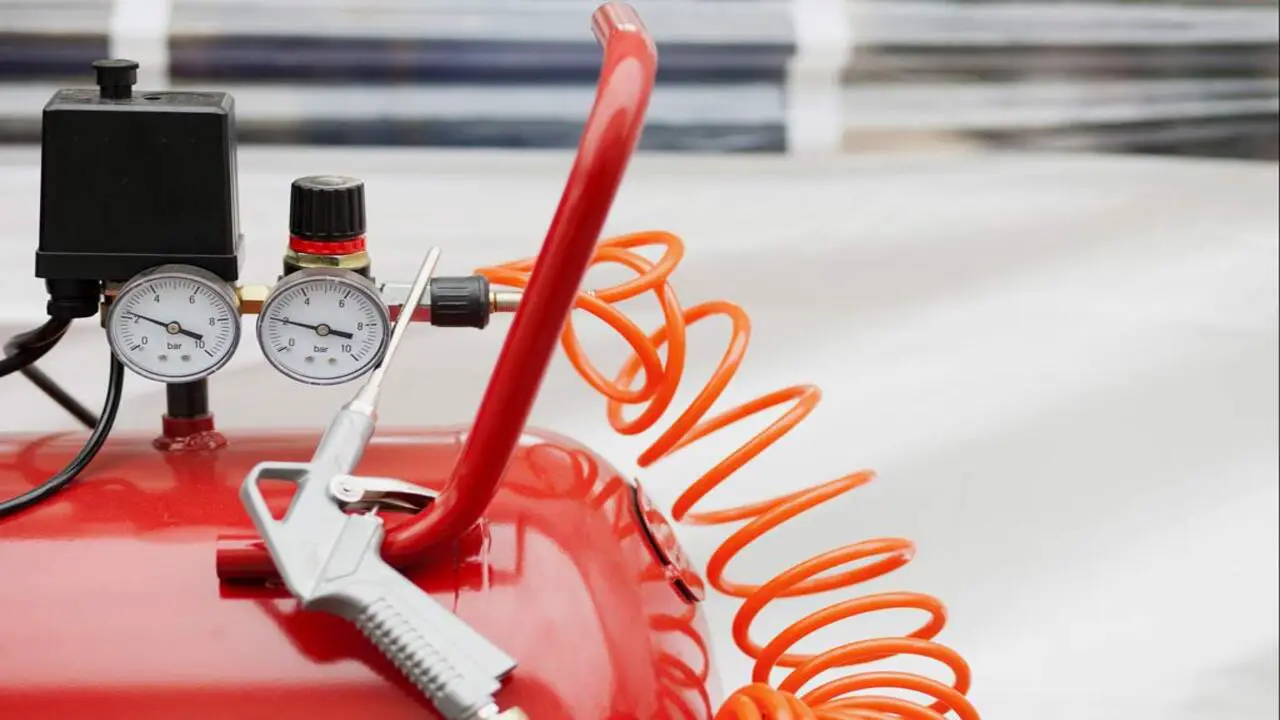
Using a wall-mounted air compressor, it is important to follow a few safety precautions to ensure that accidents are prevented and the equipment functions properly. Firstly, always read the manufacturer’s manual and familiarize yourself with the equipment.
Ensure that the compressor is mounted securely on a stable surface and that all hoses and connections are properly attached. Wear protective gear such as safety glasses, earplugs and gloves to avoid injury from flying debris or loud noises.
It is also important to keep the compressor well-ventilated to prevent overheating and maintain efficiency. Avoid using extension cords as they may cause electrical hazards, and always unplug the compressor when not in use.
Regularly inspect and maintain the compressor for leaks, dents or any other damage that may compromise its performance. Lastly, never leave the compressor unattended while it is in operation. By following these safety precautions, you can ensure that the wall mounted air compressor operates safely and efficiently, allowing you to use it for a long time without any problems.
Conclusion
Setting up a wall mounted air compressor for garage is a simple and efficient way to enhance your workspace. Following the steps outlined in this guide and using the appropriate tools, you can install and operate a wall-mounted air compressor quickly.
Proper installation and maintenance of your air compressor will ensure that your garage remains safe and functional, providing the tools you need to work easily and efficiently. Always follow safety precautions and consult a professional with any questions or concerns.
FAQ’s
[rank_math_rich_snippet id=”s-223bbd62-4f7c-4578-b793-acf87b564738″]

I am passionate about home engineering. I specialize in designing, installing, and maintaining heating, ventilation, and air conditioning systems. My goal is to help people stay comfortable in their homes all year long.

